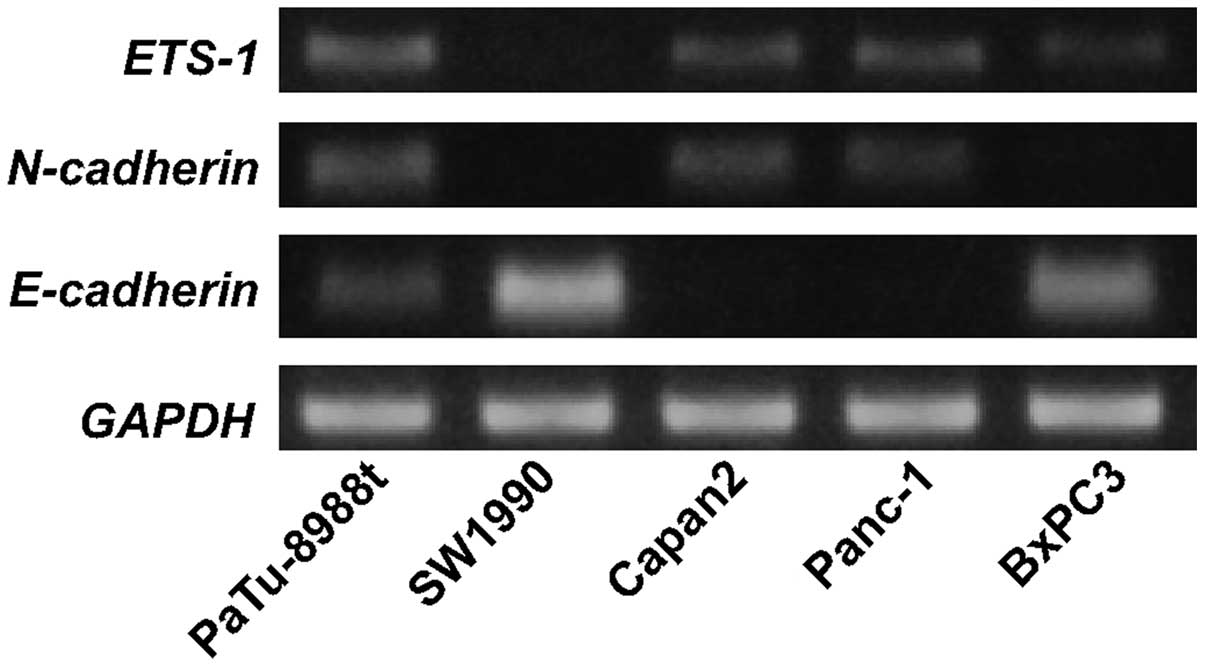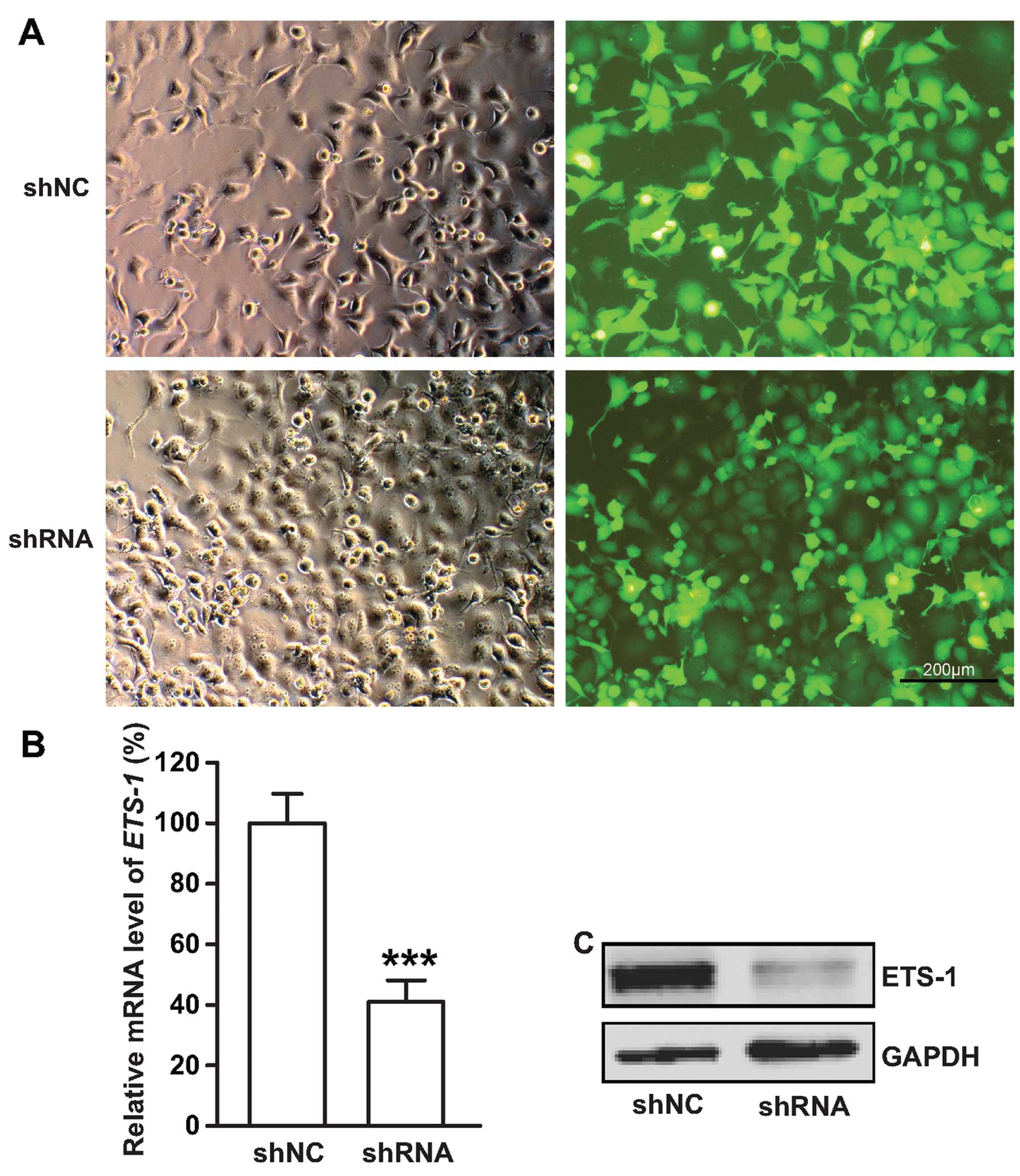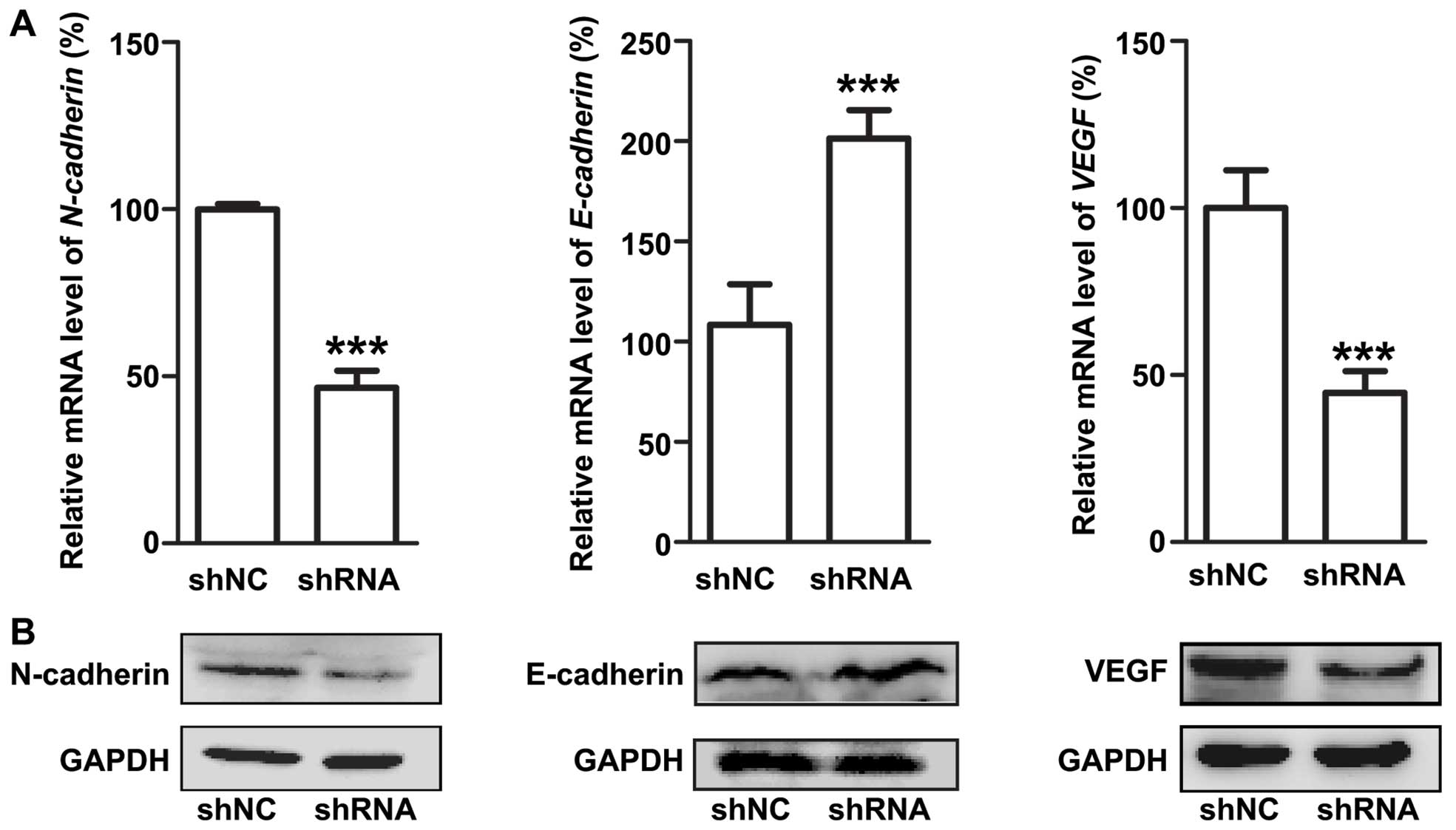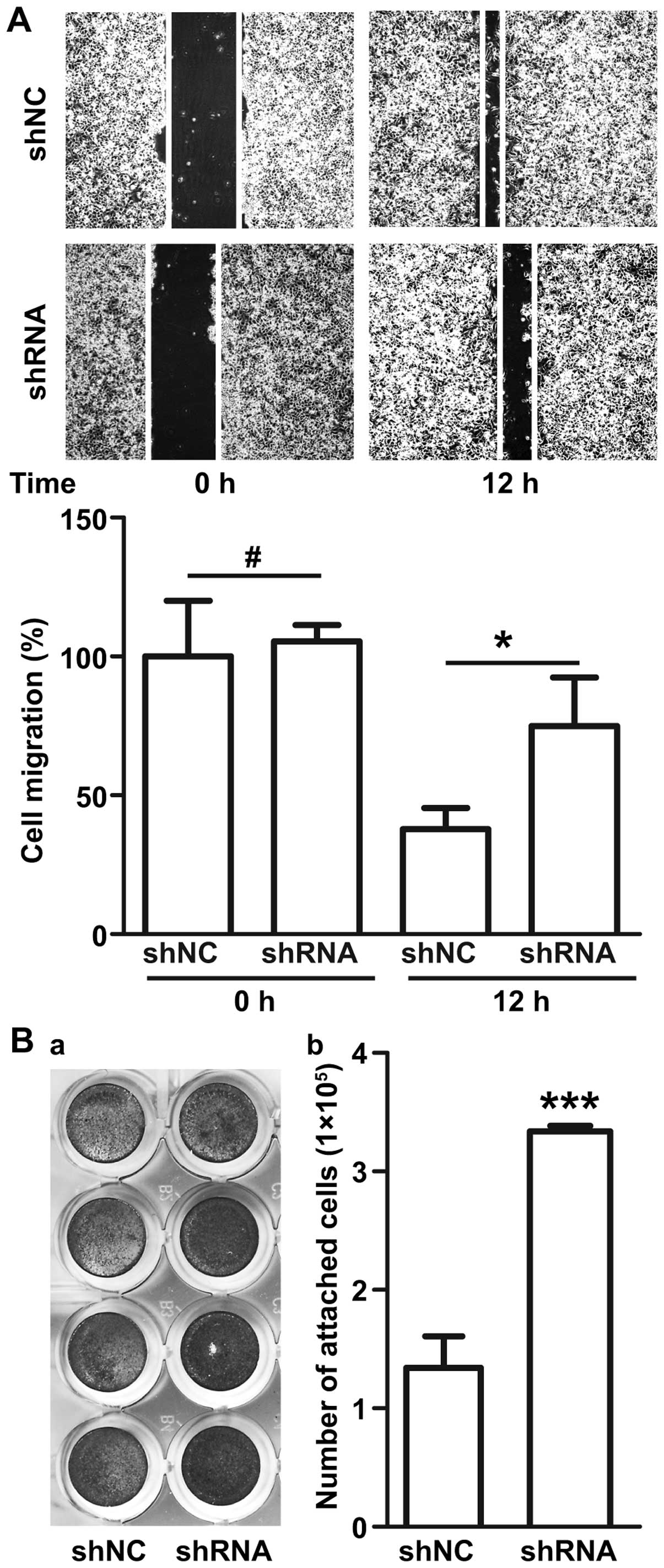|
1
|
Saika K and Sobue T: Cancer statistics in
the world. Gan To Kagaku Ryoho. 40:2475–2480. 2013.(In Japanese).
PubMed/NCBI
|
|
2
|
Hidalgo M: Pancreatic cancer. N Engl J
Med. 362:1605–1617. 2010. View Article : Google Scholar : PubMed/NCBI
|
|
3
|
Li Y, Kong D, Ahmad A, Bao B and Sarkar
FH: Pancreatic cancer stem cells: emerging target for designing
novel therapy. Cancer Lett. 338:94–100. 2013. View Article : Google Scholar
|
|
4
|
Laudet V, Niel C, Duterque-Coquillaud M,
Leprince D and Stehelin D: Evolution of the ets gene family.
Biochem Biophys Res Commun. 190:8–14. 1993. View Article : Google Scholar : PubMed/NCBI
|
|
5
|
Laudet V, Hänni C, Stéhelin D and
Duterque-Coquillaud M: Molecular phylogeny of the ETS gene family.
Oncogene. 18:1351–1359. 1999. View Article : Google Scholar : PubMed/NCBI
|
|
6
|
Sementchenko VI and Watson DK: Ets target
genes: past, present and future. Oncogene. 19:6533–6548. 2000.
View Article : Google Scholar
|
|
7
|
Fujimoto J, Aoki I, Toyoki H, et al:
Clinical implications of expression of ETS-1 related to
angiogenesis in metastatic lesions of ovarian cancers. Oncology.
66:420–428. 2004. View Article : Google Scholar : PubMed/NCBI
|
|
8
|
Yamaguchi E, Nakayama T, Nanashima A, et
al: Ets-1 proto-oncogene as a potential predictor for poor
prognosis of lung adenocarcinoma. Tohoku J Exp Med. 213:41–50.
2007. View Article : Google Scholar : PubMed/NCBI
|
|
9
|
Rothhammer T, Hahne JC, Florin A, et al:
The Ets-1 transcription factor is involved in the development and
invasion of malignant melanoma. Cell Mol Life Sci. 61:118–128.
2004. View Article : Google Scholar : PubMed/NCBI
|
|
10
|
Nakayama T, Ito M, Ohtsuru A, Naito S and
Sekine I: Expression of the ets-1 proto-oncogene in human
colorectal carcinoma. Mod Pathol. 14:415–422. 2001. View Article : Google Scholar : PubMed/NCBI
|
|
11
|
Span PN, Manders P, Heuvel JJ, et al:
Expression of the transcription factor Ets-1 is an independent
prognostic marker for relapse-free survival in breast cancer.
Oncogene. 21:8506–8509. 2002. View Article : Google Scholar : PubMed/NCBI
|
|
12
|
Zhang Y, Yan LX, Wu QN, et al: miR-125b is
methylated and functions as a tumor suppressor by regulating the
ETS1 proto-oncogene in human invasive breast cancer. Cancer Res.
71:3552–3562. 2011. View Article : Google Scholar : PubMed/NCBI
|
|
13
|
Puzovic V, Brcic I, Ranogajec I and
Jakic-Razumovic J: Prognostic values of ETS-1, MMP-2 and MMP-9
expression and co-expression in breast cancer patients. Neoplasma.
61:439–446. 2014. View Article : Google Scholar : PubMed/NCBI
|
|
14
|
Hahne JC, Okuducu AF, Kaminski A, Florin
A, Soncin F and Wernert N: Ets-1 expression promotes epithelial
cell transformation by inducing migration, invasion and
anchorage-independent growth. Oncogene. 24:5384–5388. 2005.
View Article : Google Scholar : PubMed/NCBI
|
|
15
|
Kita D, Takino T, Nakada M, Takahashi T,
Yamashita J and Sato H: Expression of dominant-negative form of
Ets-1 suppresses fibronectin-stimulated cell adhesion and migration
through down-regulation of integrin alpha5 expression in U251
glioma cell line. Cancer Res. 61:7985–7991. 2001.PubMed/NCBI
|
|
16
|
Duda DG, Sunamura M, Lefter LP, et al:
Restoration of SMAD4 by gene therapy reverses the invasive
phenotype in pancreatic adenocarcinoma cells. Oncogene.
22:6857–6864. 2003. View Article : Google Scholar : PubMed/NCBI
|
|
17
|
Kang Y and Massague J:
Epithelial-mesenchymal transitions: twist in development and
metastasis. Cell. 118:277–279. 2004. View Article : Google Scholar : PubMed/NCBI
|
|
18
|
Christiansen JJ and Rajasekaran AK:
Reassessing epithelial to mesenchymal transition as a prerequisite
for carcinoma invasion and metastasis. Cancer Res. 66:8319–8326.
2006. View Article : Google Scholar : PubMed/NCBI
|
|
19
|
Gravdal K, Halvorsen OJ, Haukaas SA and
Akslen LA: A switch from E-cadherin to N-cadherin expression
indicates epithelial to mesenchymal transition and is of strong and
independent importance for the progress of prostate cancer. Clin
Cancer Res. 13:7003–7011. 2007. View Article : Google Scholar : PubMed/NCBI
|
|
20
|
Nakajima S, Doi R, Toyoda E, et al:
N-cadherin expression and epithelial-mesenchymal transition in
pancreatic carcinoma. Clin Cancer Res. 10:4125–4133. 2004.
View Article : Google Scholar : PubMed/NCBI
|
|
21
|
Taki M, Verschueren K, Yokoyama K,
Nagayama M and Kamata N: Involvement of Ets-1 transcription factor
in inducing matrix metalloproteinase-2 expression by
epithelial-mesenchymal transition in human squamous carcinoma
cells. Int J Oncol. 28:487–496. 2006.PubMed/NCBI
|
|
22
|
Tokuhara K, Ogata Y, Nakagawa M and
Shirouzu K: Ets-1 expression in vascular endothelial cells as an
angiogenic and prognostic factor in colorectal carcinoma. Int Surg.
88:25–33. 2003.PubMed/NCBI
|
|
23
|
Fantozzi A, Gruber DC, Pisarsky L, et al:
VEGF-mediated angiogenesis links EMT-induced cancer stemness to
tumor initiation. Cancer Res. 74:1566–1575. 2014. View Article : Google Scholar : PubMed/NCBI
|
|
24
|
Mukherjee T, Kumar A, Mathur M,
Chattopadhyay TK and Ralhan R: Ets-1 and VEGF expression correlates
with tumor angiogenesis, lymph node metastasis, and patient
survival in esophageal squamous cell carcinoma. J Cancer Res Clin
Oncol. 129:430–436. 2003. View Article : Google Scholar : PubMed/NCBI
|
|
25
|
Rabbani F, Richon VM, Orlow I, et al:
Prognostic significance of transcription factor E2F-1 in bladder
cancer: genotypic and phenotypic characterization. J Natl Cancer
Inst. 91:874–881. 1999. View Article : Google Scholar : PubMed/NCBI
|
|
26
|
Szasz AM, Majoros A, Rosen P, et al:
Prognostic potential of ERG (ETS-related gene) expression in
prostatic adenocarcinoma. Int Urol Nephrol. 45:727–733. 2013.
View Article : Google Scholar : PubMed/NCBI
|
|
27
|
Pap Z, Pavai Z, Denes L, Kovalszky I and
Jung J: An immunohistochemical study of colon adenomas and
carcinomas: E-cadherin, Syndecan-1, Ets-1. Pathol Oncol Res.
15:579–587. 2009. View Article : Google Scholar : PubMed/NCBI
|
|
28
|
Maeda M, Johnson KR and Wheelock MJ:
Cadherin switching: essential for behavioral but not morphological
changes during an epithelium-to-mesenchyme transition. J Cell Sci.
118:873–887. 2005. View Article : Google Scholar : PubMed/NCBI
|
|
29
|
Tang N, Wang X, Huang T, Wu Y and Chen Y:
Role of Ets-1 in fibronectin-derived heparin-binding domain
polypeptides alleviating melanoma cell invasiveness and
chemoresistance. Exp Dermatol. 23:512–513. 2014. View Article : Google Scholar : PubMed/NCBI
|
|
30
|
Oda N, Abe M and Sato Y: ETS-1 converts
endothelial cells to the angiogenic phenotype by inducing the
expression of matrix metalloproteinases and integrin beta3. J Cell
Physiol. 178:121–132. 1999. View Article : Google Scholar : PubMed/NCBI
|
|
31
|
Gilles C, Polette M, Birembaut P, Brünner
N and Thompson EW: Expression of c-ets-1 mRNA is associated with an
invasive, EMT-derived phenotype in breast carcinoma cell lines.
Clin Exp Metastasis. 15:519–526. 1997. View Article : Google Scholar : PubMed/NCBI
|
|
32
|
Hashiya N, Jo N, Aoki M, et al: In vivo
evidence of angiogenesis induced by transcription factor Ets-1:
Ets-1 is located upstream of angiogenesis cascade. Circulation.
109:3035–3041. 2004. View Article : Google Scholar : PubMed/NCBI
|
|
33
|
Holterman CE, Franovic A, Payette J and
Lee S: ETS-1 oncogenic activity mediated by transforming growth
factor alpha. Cancer Res. 70:730–740. 2010. View Article : Google Scholar : PubMed/NCBI
|
|
34
|
Lefter LP, Dima S, Sunamura M, et al:
Transcriptional silencing of ETS-1 efficiently suppresses
angiogenesis of pancreatic cancer. Cancer Gene Ther. 16:137–148.
2009. View Article : Google Scholar
|
|
35
|
Wang C, Zhang H, Chen Y, Shi F and Chen B:
Gambogic acid-loaded magnetic Fe(3)O(4) nanoparticles inhibit
Panc-1 pancreatic cancer cell proliferation and migration by
inactivating transcription factor ETS1. Int J Nanomed. 7:781–787.
2012.
|
|
36
|
Naito S, Shimizu S, Matsuu M, et al: Ets-1
upregulates matrix metalloproteinase-1 expression through
extracellular matrix adhesion in vascular endothelial cells.
Biochem Biophys Res Commun. 291:130–138. 2002. View Article : Google Scholar : PubMed/NCBI
|
|
37
|
Hogendorf P, Durczynski A, Kumor A and
Strzelczyk J: Pancreatic head carcinoma and vascular endothelial
growth factor (VEGF-A) concentration in portal blood: its
association with cancer grade, tumor size and probably poor
prognosis. Arch Med Sci. 10:288–293. 2014. View Article : Google Scholar : PubMed/NCBI
|













